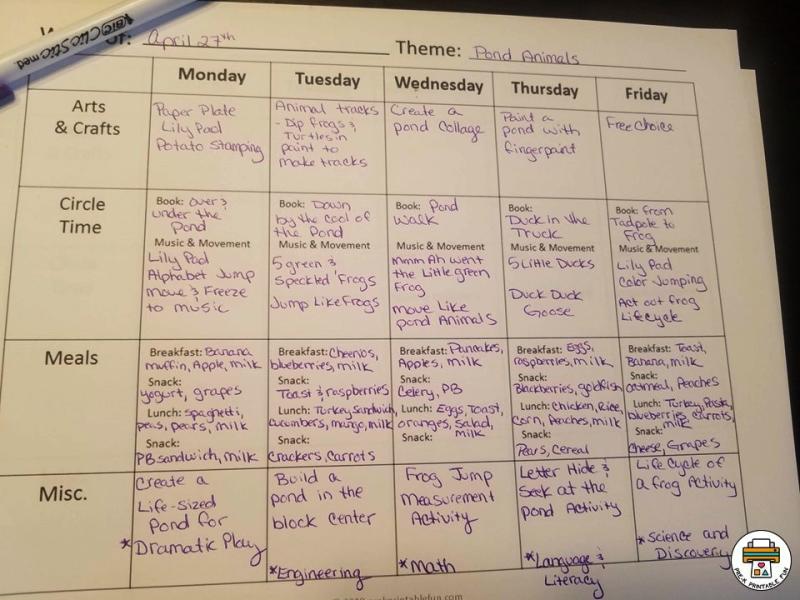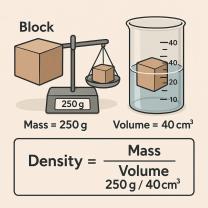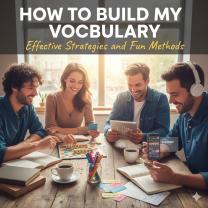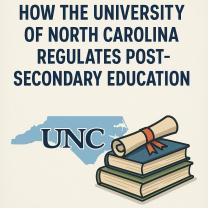How to create a preschool lesson plan?
Creating a preschool lesson plan involves careful consideration of the developmental needs of young children, age-appropriate activities, and learning objectives. Here's a step-by-step guide to help you craft an effective preschool lesson plan:
Step 1: Identify Learning Goals and Objectives
Consider Developmental Milestones:
- Understand the developmental stage of preschoolers and identify age-appropriate learning goals. This could include cognitive, social-emotional, physical, and language development.
Define Specific Objectives:
- Clearly outline what you want children to learn by the end of the lesson. Be specific about the skills, knowledge, or behaviors you aim to foster.
Step 2: Choose a Theme or Topic
- Select a Relevant Theme:
- Choose a theme or topic that aligns with the learning objectives and captures children's interest. Themes could be seasonal, related to a book, or based on a specific concept.
Step 3: Plan Engaging Activities
Incorporate Varied Activities:
- Plan a mix of activities that cater to different learning styles. Include hands-on activities, group activities, and individual activities to keep children engaged.
Consider Learning Centers:
- Set up learning centers with different activities related to the theme. Learning centers allow children to explore, discover, and play in a structured manner.
Include Circle Time Activities:
- Plan activities for circle time, such as storytelling, songs, and group discussions. Circle time fosters social skills and group interaction.
Step 4: Gather Materials and Resources
Create a Materials List:
- Identify the materials and resources needed for each activity. Ensure that materials are safe, age-appropriate, and easily accessible.
Prepare in Advance:
- Gather all materials and set up learning centers before the lesson begins. This helps in a smooth transition between activities and maximizes instructional time.
Step 5: Plan for Transitions
Consider Transition Activities:
- Plan short transition activities between different parts of the lesson. Transition activities help maintain focus and smooth transitions between activities.
Establish Routines:
- Preschoolers thrive on routines. Establish clear routines for the beginning, middle, and end of the lesson to provide structure and predictability.
Step 6: Assessments and Reflection
Plan Assessment Strategies:
- Consider informal ways to assess children's understanding and progress during the lesson. This could include observation, questioning, or simple activities.
Reflect on the Lesson:
- After the lesson, reflect on what worked well and what could be improved. Use this reflection to make adjustments for future lesson plans.
Step 7: Flexibility and Adaptation
Be Flexible:
- Preschoolers can be unpredictable. Be prepared to adapt your lesson based on the children's interests, needs, and energy levels.
Encourage Exploration:
- Allow for exploration and curiosity. If children show interest in a particular aspect of the lesson, be open to expanding on that interest.
Step 8: Incorporate Learning Standards
Align with Educational Standards:
- If applicable, align your lesson plan with local or national educational standards for early childhood education.
Document Learning Outcomes:
- Keep records of the learning outcomes and observations. Documenting children's progress over time can inform future lesson planning.
Step 9: Communicate with Parents
Provide Information to Parents:
- Share information about the lesson with parents. This could include the theme, activities, and ways they can support learning at home.
Invite Parent Involvement:
- Encourage parent involvement by inviting them to participate in special activities or events related to the lesson.
Step 10: Review and Revise
- Review and Revise Regularly:
- Regularly review your lesson plans, reflect on feedback from children and parents, and make revisions as needed. Continuous improvement is key to effective teaching.
By following these steps, you can create a well-structured and engaging preschool lesson plan that promotes learning and development in young children.
Devising a lesson plan for preschoolers involves carefully considering their developmental stage, interests, and learning styles. Here's a step-by-step guide to creating an effective preschool lesson plan:
Identify Learning Objectives: Determine the specific skills, concepts, or knowledge you want preschoolers to gain from the lesson. Objectives should be clear, measurable, and achievable within the allotted time frame.
Choose an Engaging Theme: Select a theme that aligns with preschoolers' interests and experiences. Themes can be broad, such as "Animals" or "Community Helpers," or more specific, such as "Life on a Farm" or "Making Healthy Choices."
Plan Activities and Materials: Select engaging and age-appropriate activities that support the learning objectives. Consider hands-on activities, creative projects, storytelling, music, and outdoor exploration. Gather any necessary materials, props, or supplies beforehand.
Structure the Lesson Sequence: Organize the activities into a logical sequence that builds upon each other. Consider incorporating transitions between activities to maintain focus and engagement.
Incorporate Differentiation: Adapt activities and instruction to accommodate different learning styles and abilities. Provide multiple pathways for learning and offer support as needed.
Assessment and Reflection: Include methods for assessing student understanding, such as observation, participation, and informal discussions. Reflect on the effectiveness of the lesson and make adjustments for future implementation.
Here are some additional elements to consider when creating a preschool lesson plan:
Engage all senses: Preschoolers learn best through sensory experiences. Incorporate activities that involve sight, touch, hearing, smell, and taste.
Promote social-emotional development: Integrate activities that foster social interaction, cooperation, empathy, and self-regulation skills.
Encourage physical activity: Provide opportunities for movement, play, and exploration to develop gross and fine motor skills.
Connect to real-world experiences: Relate learning to everyday experiences and make connections to the preschoolers' lives.
Maintain a positive and nurturing environment: Create a safe and supportive learning environment where preschoolers feel comfortable exploring, expressing themselves, and taking risks.













